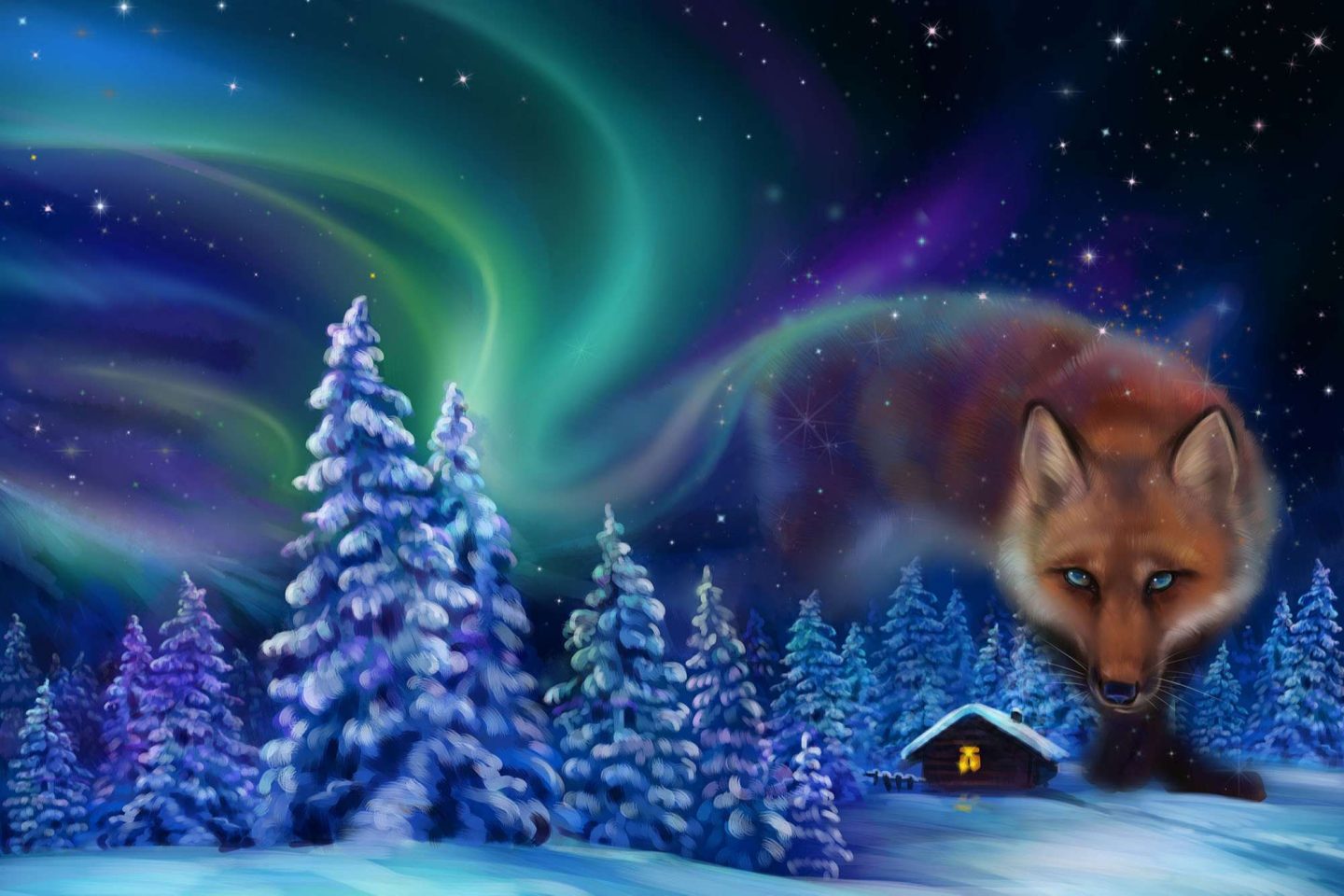
Mystery and wonder shroud the northern lights, otherwise known as the aurora borealis. Mesmerizing, stunning, other-worldly are just a few words used to describe the experience of watching this spectacular phenomenon. When conditions are favourable this fantastical display lights up the Arctic and sub-Arctic regions, leaving all who catch a glimpse of this magical wonder, memories that will last forever.
Displays vary in intensity and duration, shape and form having no regulation, with each display totally unique. This natural phenomenon is hard to predict, yet extraordinary to witness!
In Greek and Roman mythology the lights signalled the start of a new day. Whereas Cree Indians, a North
American tribe, believed that the lights were the spirits of departed loved ones trying to communicate with those they’d left behind.
Lets delve into the legends, the myths and the facts surrounding the northern lights. It’s fascinating stuff, and it will also make you a better aurora hunter!
Galileo coined the phrase aurora
Galileo Gallilee witnessed the northern lights in 1621 and coined the phrase aurora borealis (aurora for goddess of the dawn, borealis for the Greek god of the north wind), but he thought it was caused by sunlight reflecting off the Earth’s atmosphere. About a century later, British astronomer Edmund Halley thought that the lights were caused by luminous material seeping from cracks in the earth’s crust. Even in the late nineteenth century, polar explorers like Nansen and Amundsen were more likely to wax lyrical about the aurora than provide any kind of scientific explanation. It wasn’t until 1908 that the Norwegian Kristian Birkeland proposed the first accurate theory – and amazingly, this was only proven in 1967 when a US satellite recorded strange disturbances each time it passed over the poles.
Actually they are caused by charged solar particles reacting with the earth’s atmosphere. The collisions cause oxygen and nitrogen to glow.
- They can be seen from late August to mid April and are more active around the equinoxes.
- They usually occur between 60 and 75 degrees latitude making Iceland, Norway, Sweden, Finland, Canada and Alaska excellent locations for seeing the aurora.
- They are not effected by lunar activity.
- They can be seen by the naked eye.
- The northern and southern lights (aurora australis) occur simultaneously.
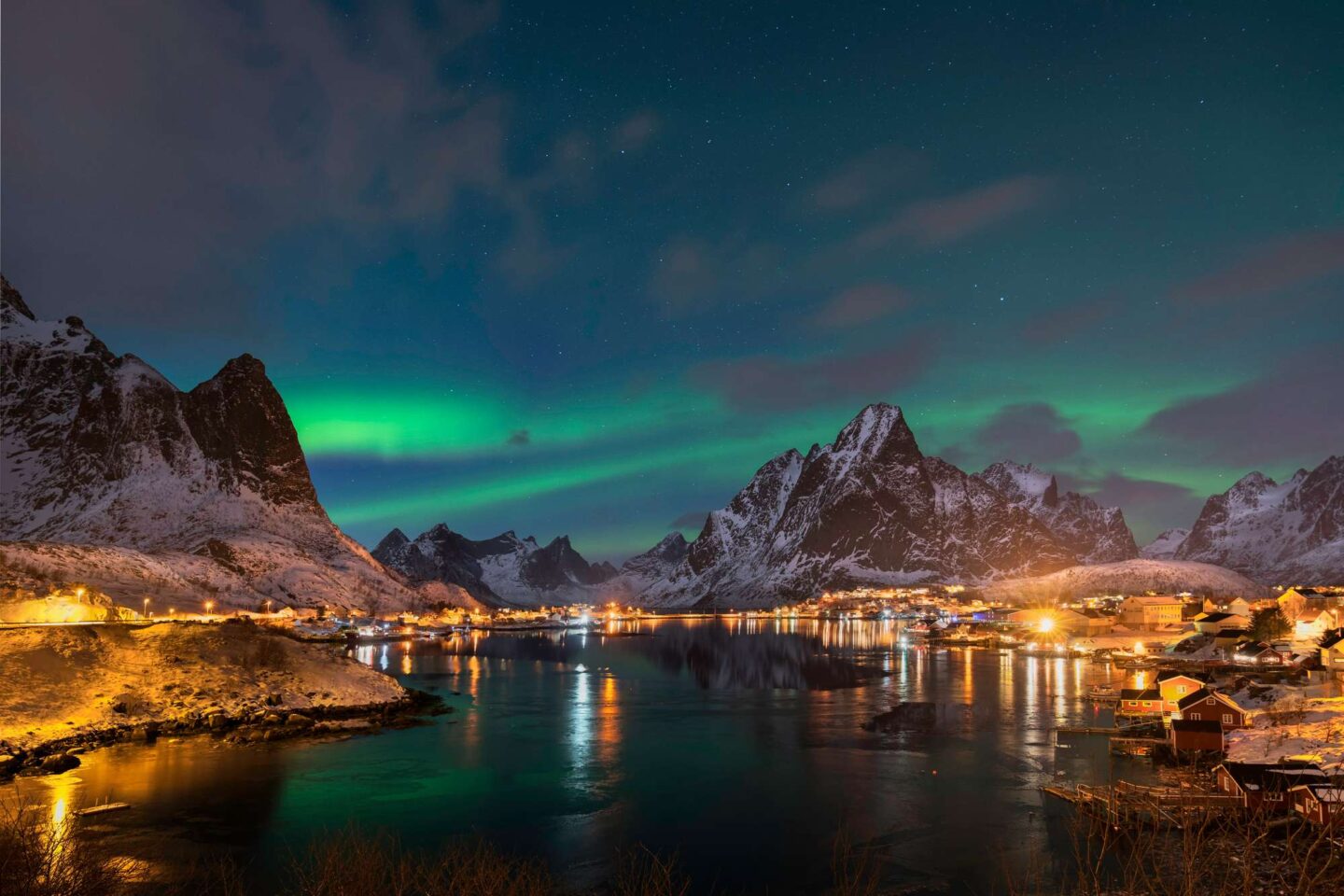
Feared by Europe and embraced by North America
- Some Northern American Inuit call the aurora ‘aqsarniit’ (literally ‘football players’) because they believe that the lights are ancestral spirits kicking around the head of a walrus.
- The old Norse explanation was that the strange, shimmering green lights were old maids dancing in the heavens.
- According to Finnish legend, when the fox runs across the snowy Arctic fells it lights up the night sky with sparks flying from its tail. The Finnish word for the northern lights ‘revontulet’ literally means ‘fire fox’.
- Scandinavian fisherman called the sightings Herring Flash as they saw them as a sign of rich catches, believing them to be caused by light reflecting off vast shoals of lively herring.
- In Siberia they believed children born under the aurora lived a long and prosperous life.
- Modern day myths exist too – the Japanese believe that babies conceived under the northern lights will become intellectuals.
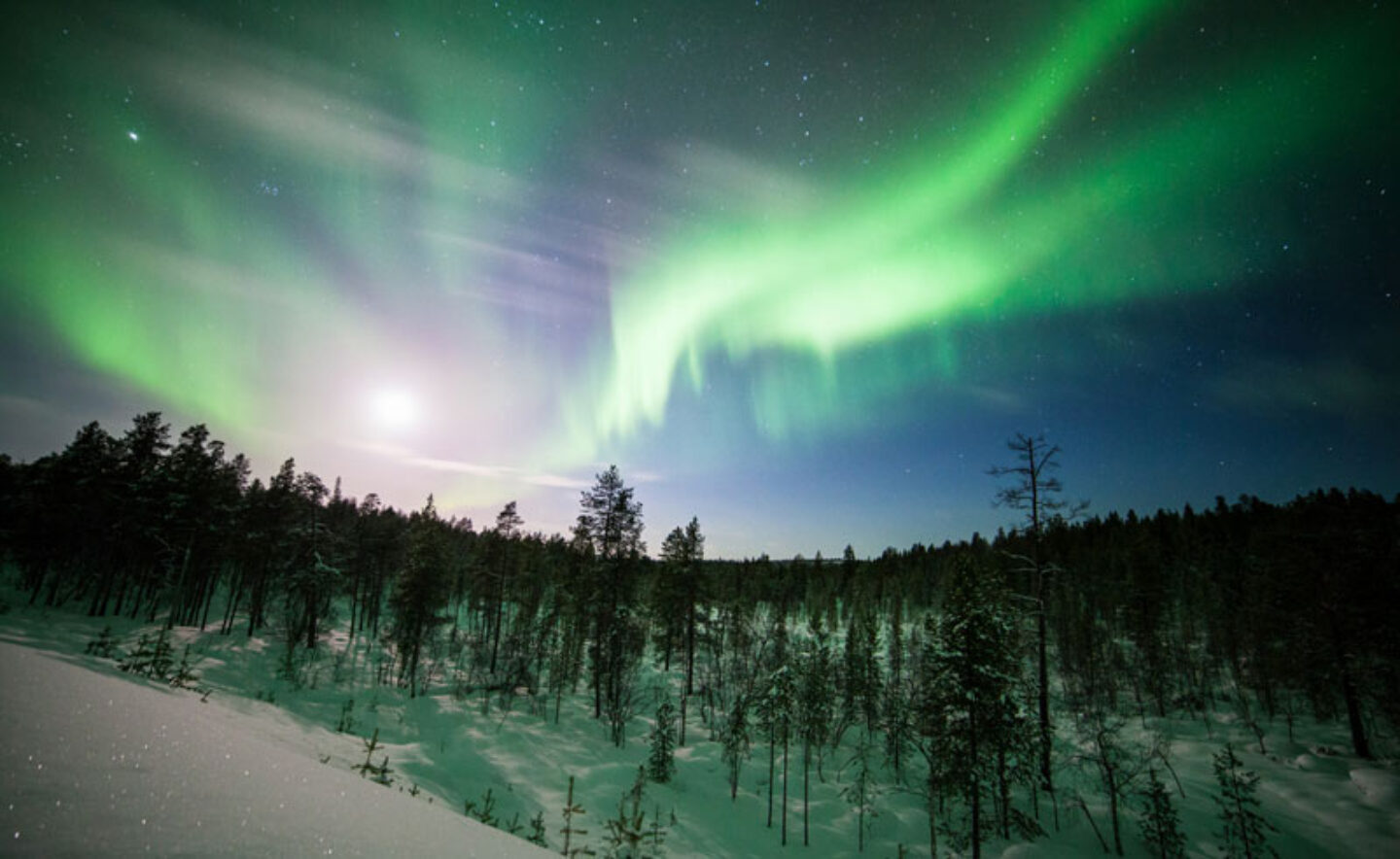
Icelandic myths about the aurora
Icelandic myths also linked the aurora to spirits of the dead, while certain Inuit people used to live in fear of the lights – terrified that the spikes of bright green and crimson were evil spirits intent on a frenzy of beheading. Curiously, some Inuit stories describe the aurora as human spirits playing football with the head of a walrus. At the very least, you should never wave, sing or whistle at the northern lights – many cultures believed this would lure body-snatching demons down from the skies.
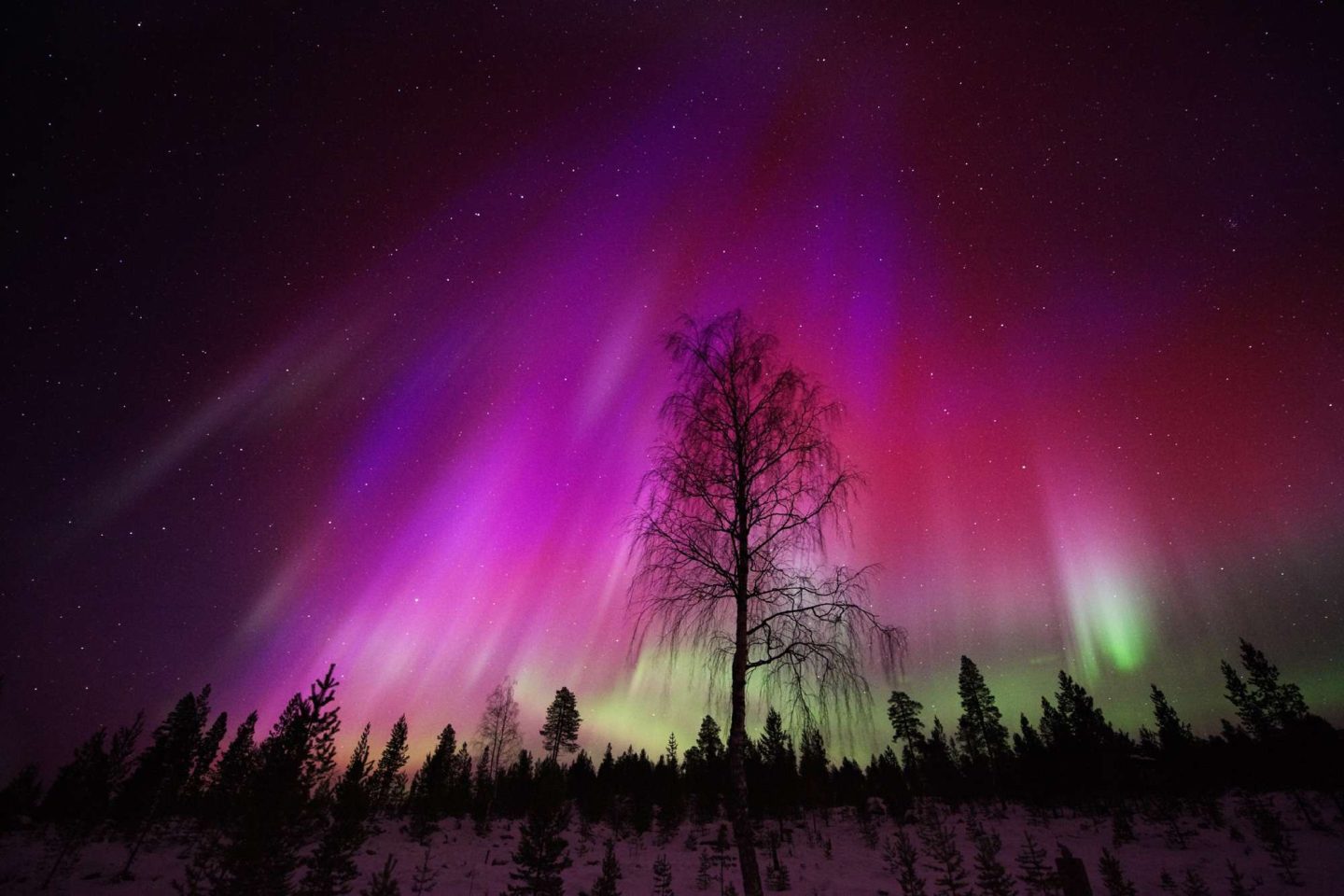
The aurora is a natural phenomenon so there are no guarantees. As such location should be a major consideration when selecting a northern lights holiday. Don’t be lured by cheap offers of weekend breaks in Reykjavik, which include a short excursion to ‘see the lights’. You need to be outside of built-up areas and light pollution, not just for a few hours, but the for the duration of your holiday.
Our top locations include the Aurora Sky Station at Abisko in Swedish Lapland, Hotel Ranga in Iceland’s southern countryside and just outside Tromso in northern Norway. Many of the hotels we use offer a wake-up service if the lights make an appearance during the night, and the more remote you are the more spectacular the show will be!
Browse our collection of northern lights holidays, chat to one of our dedicated Travel Specialists on 01737 214 250 or send an enquiry and start planning your aurora adventure.
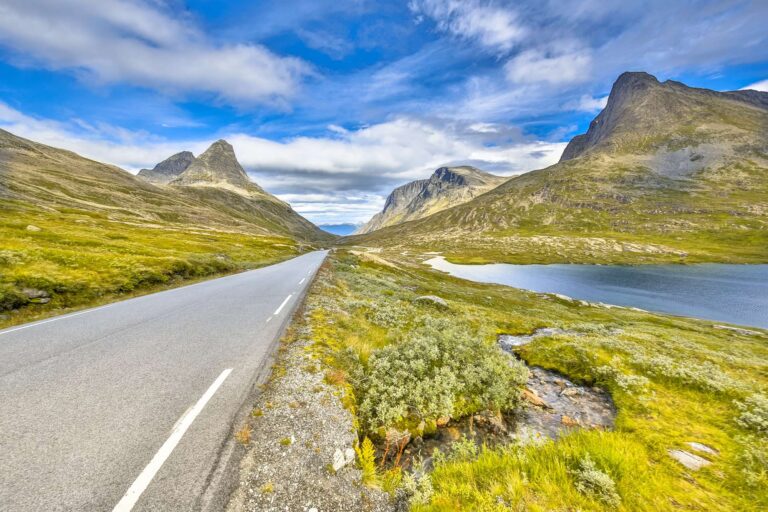
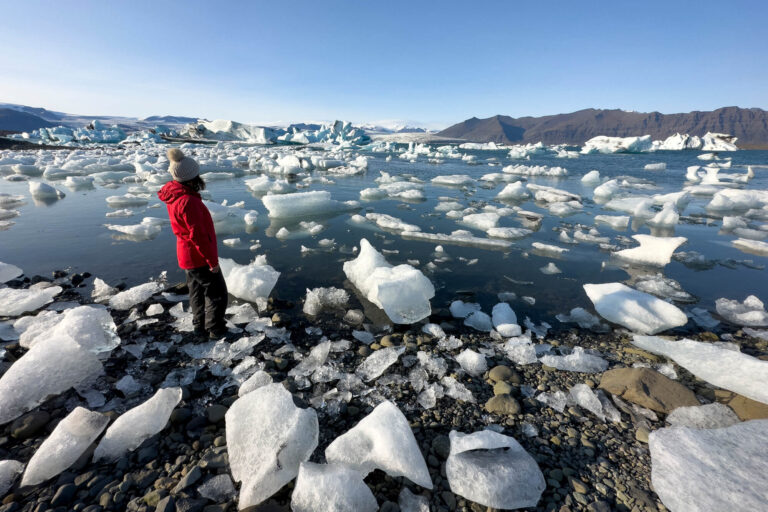
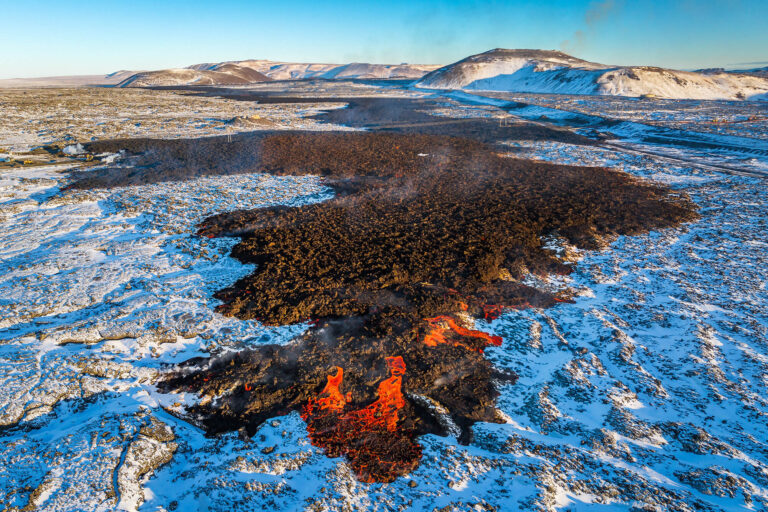



 Instagram
Instagram
 Facebook
Facebook
 YouTube
YouTube